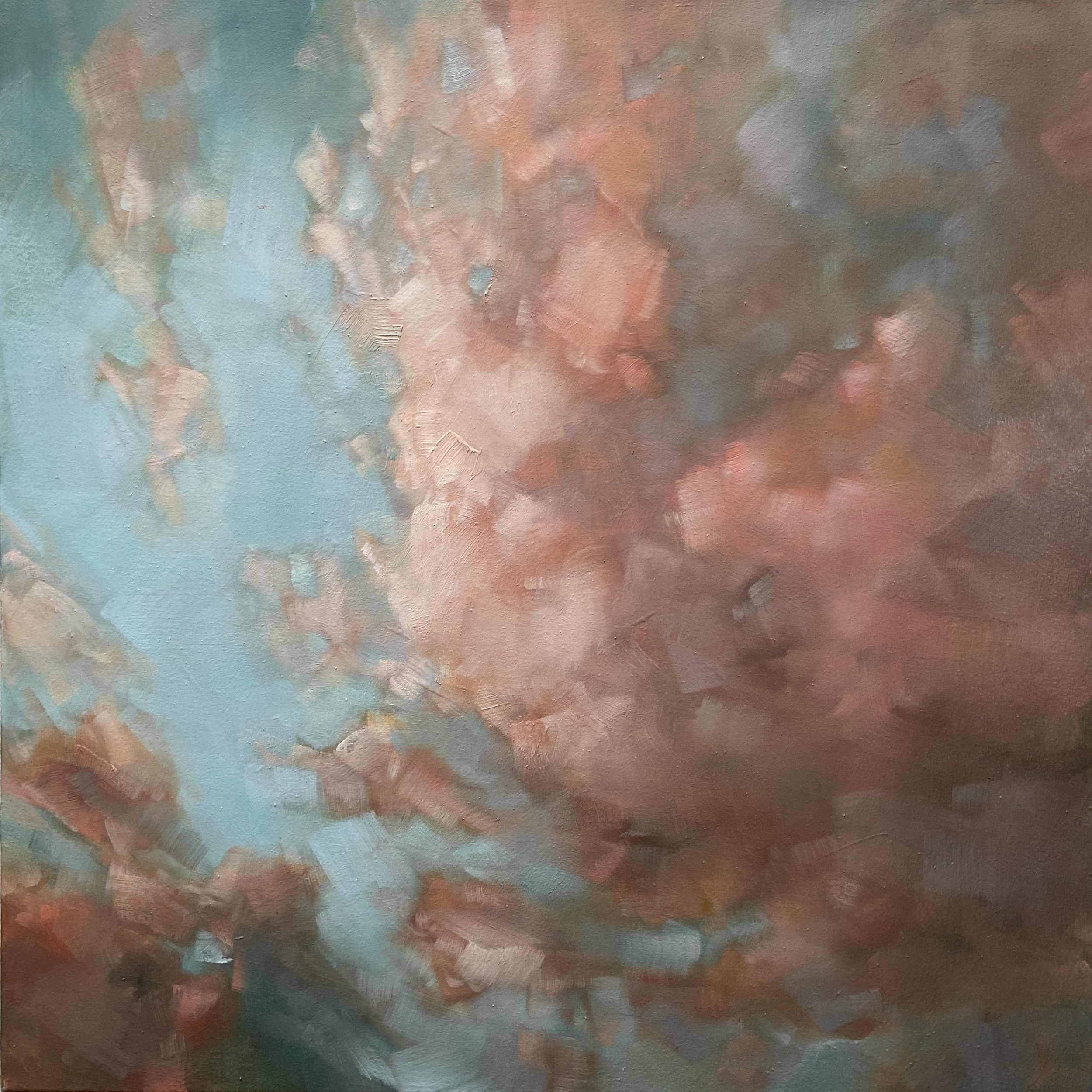-
CYANOTYPES
An iron-based photographic process, was the first simple, practical, non-silver photograph. Discovered by Sir John Herschel in 1842, just three short years after the announcement of the discovery of photography, the cyanotype provided permanent images in an array of rich Prussian Blues. Always hand sensitized, exposed in the sun and washed in water; each print is unique. The toning process I use to change the image from blue, is a second step frequently using yerba mate, yielding a variety of permanent sepias and steely blues.
-
OIL PAINTINGS
The materials are familiar to us all as a time-proven process used to create the most beautiful and durable of all artworks. Revealing my love of the work of Claude Monet and John Singer Sargent, I showcase my take on New Mexico’s skies and landscapes with a brevity of brushwork.
-
MONOTYPES
Monotypes are technically prints, but a transferred image of only one. My process normally involves drawing on a fully inked glass sheet, removing the ink using razor blades, solvents, and or a variety of scraping tools, then transferring the remaining image by hand to acid-free papers.
Creating a Cyanotype
This is how I create permanent photographic prints using chemistry discovered by Sir John Herschel in 1842. I don’t always listen to Django Reinhardt, but it helps.
No darkroom is required, only a digital image converted to a negative, an inkjet printer, paper, a bit of non-toxic chemistry, sun and water. The paper used in this demonstration video is one of my favorites, Sour Apple Pop-Tone, an acid-free 120lb cover paper from the French Paper Company of Niles, Michigan. In fact nearly any substrate can be used. I’ve successfully printed on raw canvas, river rock, tea bag paper, and glossy inkjet paper. Tea toning is not necessary, but does convert the Prussian Blue image to a variety of permanent sepias and blue/blacks.
Using just the sun, the sky is the limit.

























